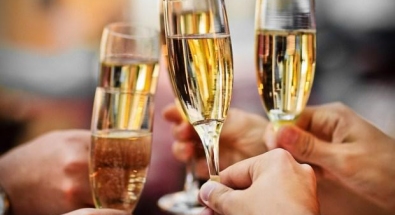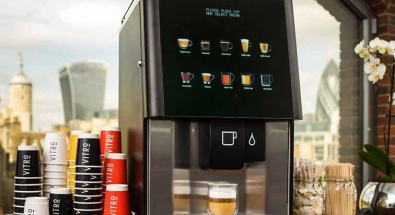Better Understanding the Champagne Production Process
- Written by News Company

Whether it be for a celebration, like a wedding or birthday, or a romantic evening, Champagne occupies a very special place in many people’s eyes around the world. In addition to being completely delicious, there’s another great reason why Champagne often attracts the attention it does. The production process of Champagne is considered complex even by wine standards, which is reflected in the often-exorbitant costs of top-tier products. Some of this has to do with the completely unique cellaring specific to Champagne, which is responsible for its importance to the region, but there are a few more factors that make Champagne the complex, enjoyable drink loved by the masses. In this article, we take a look at the production process in order to demonstrate what makes these beloved wines so special.
The first steps in Champagne making
It takes a long time before revered wins like Cristal Champagne become the special drinks they are. In the harvest, grapes are usually picked by hand between August and October, depending on how ripe the fruit is. Many wine producers are not allowed to pick the grapes with a machine, which while contributing heavily to the required time and manpower invested, allows for only the most superior grapes to be handpicked. After being picked, the fruit is carefully pressed to preserve a clear, clean juice and then placed into a tank so that the first fermentation can take place. After fermentation, the wine is acidic, still and all the natural sugar present in the grapes has been fermented out completely. Next is the assemblage, which occurs in early spring, or 5 months after the initial harvest. Is it at this stage that the still white wines are combined with reserve wines to create the base wine for Champagne – grape varieties commonly used in the blending process include Pinot Noir, Pinot Blanc and Chardonnay.
The later steps in the Champagne-making process
After the blending comes the second fermentation, where a mixture of yeast, nutrients and sugar is added to the wine. It is at this point that the wine is put in a thick glass bottle, sealed with a bottle cap and placed in a cool cellar to ferment slowly. Carbon dioxide and alcohol are subsequently produced over the following weeks, with the fermentation being finally completed after several months. Although the fermentation process is finished, the Champagne continues to age over the course of up to 5 years – this imparts the toasty, yeasty character many will recognise as a result of the splitting of yeast cells. After the winemaker decides to halt the aging process, dead yeast cells are removed through riddling. This involves the Champagne bottle being placed upside down in a holder, and then each day the riddler gives the bottle a 1/8th of a turn to help force dead yeast cells into the bottleneck where they can be removed.
The final steps and drinking
The disgorgement – the final step in Champagne-production – involves inverting the bottle while the neck is frozen in an ice-salt bath. The purpose of this to form a stopper of frozen wine mostly made up of dead yeast cells, and when this stopper is removed, only clear champagne is left. After a mixture of white wine, brandy and sugar is added to adjust sweetness, the bottle is then corked and wired down to ensure the high internal pressure that the carbon dioxide creates is easily managed. Then, it’s ready to drink!





